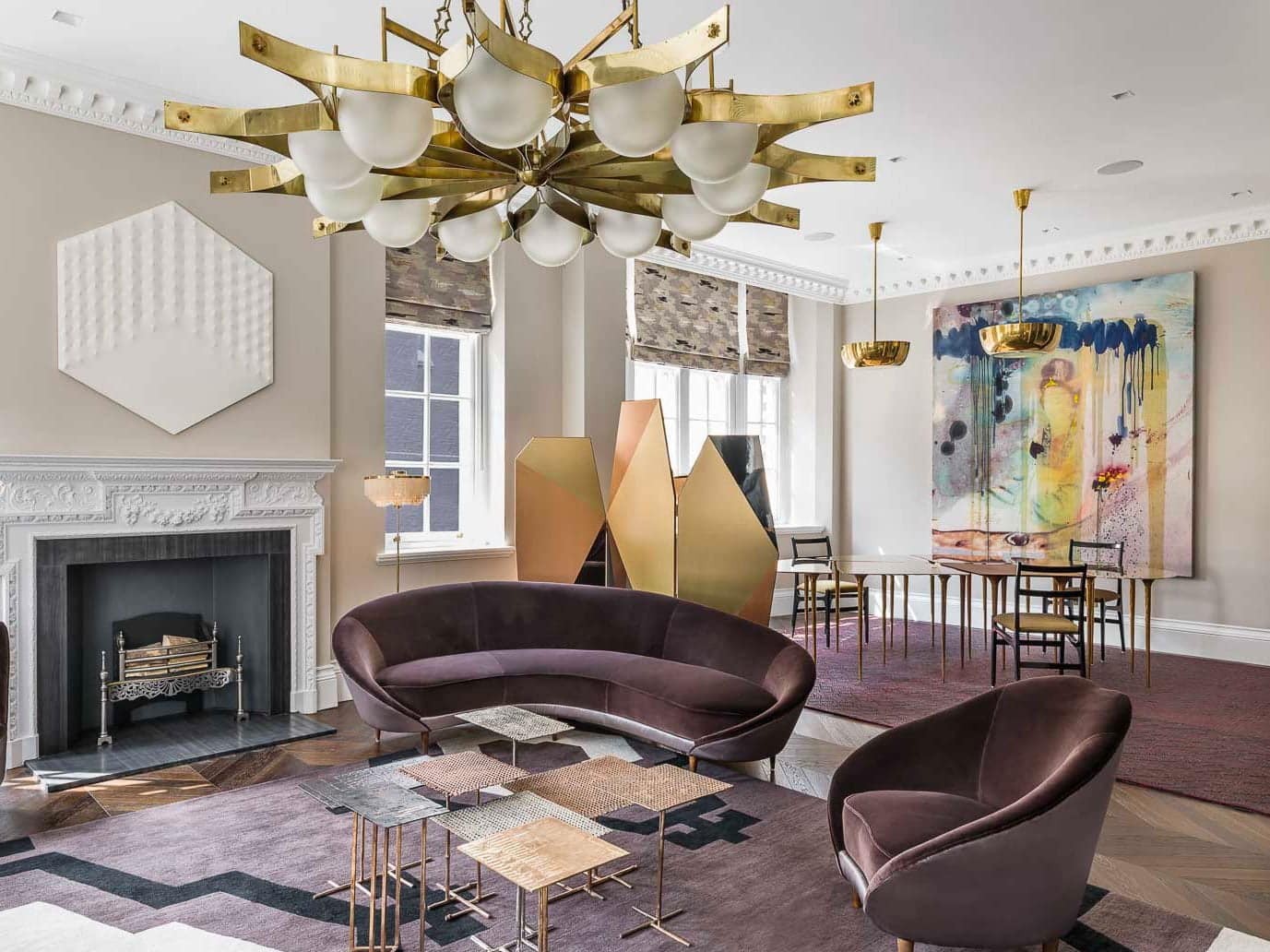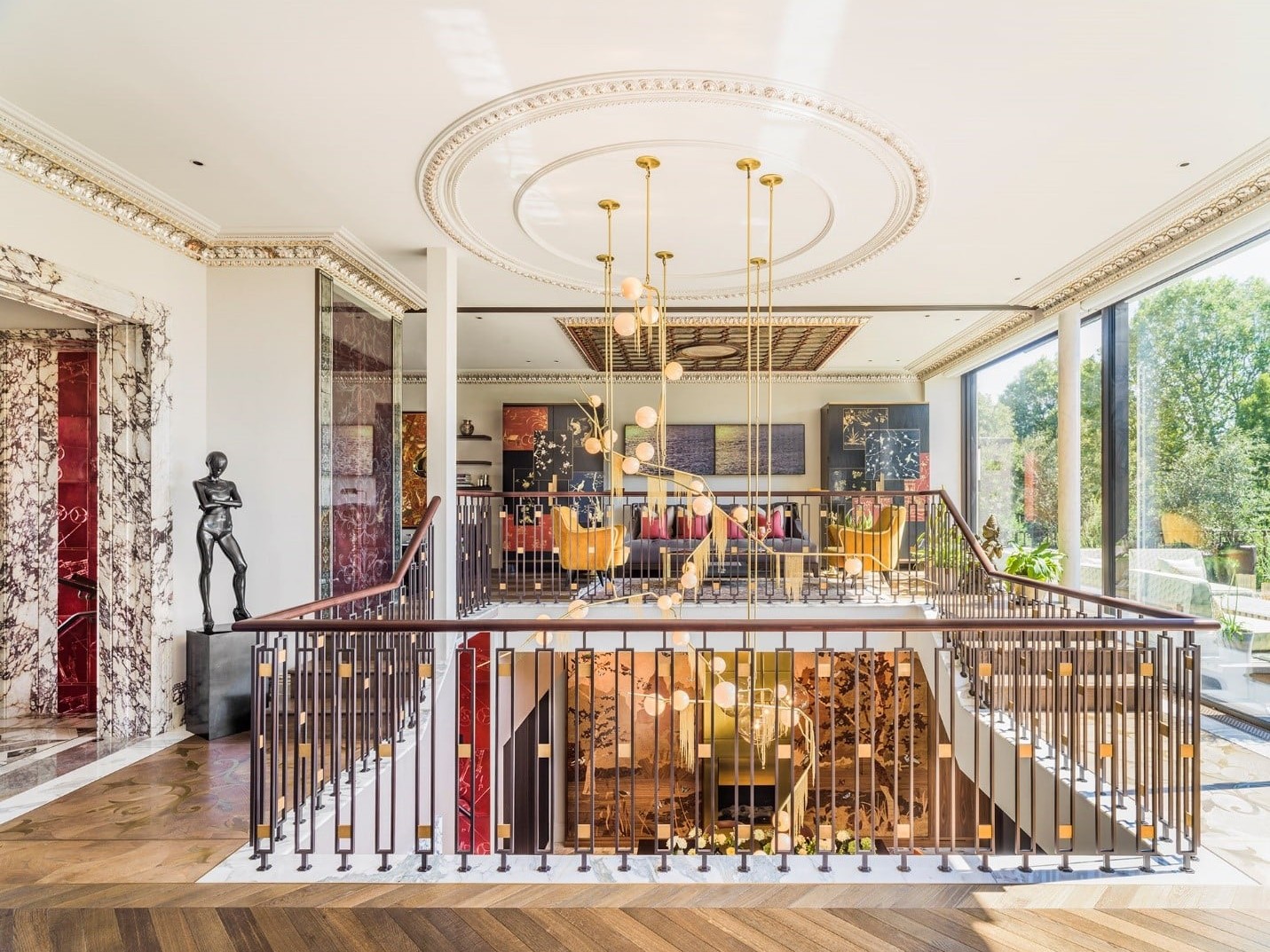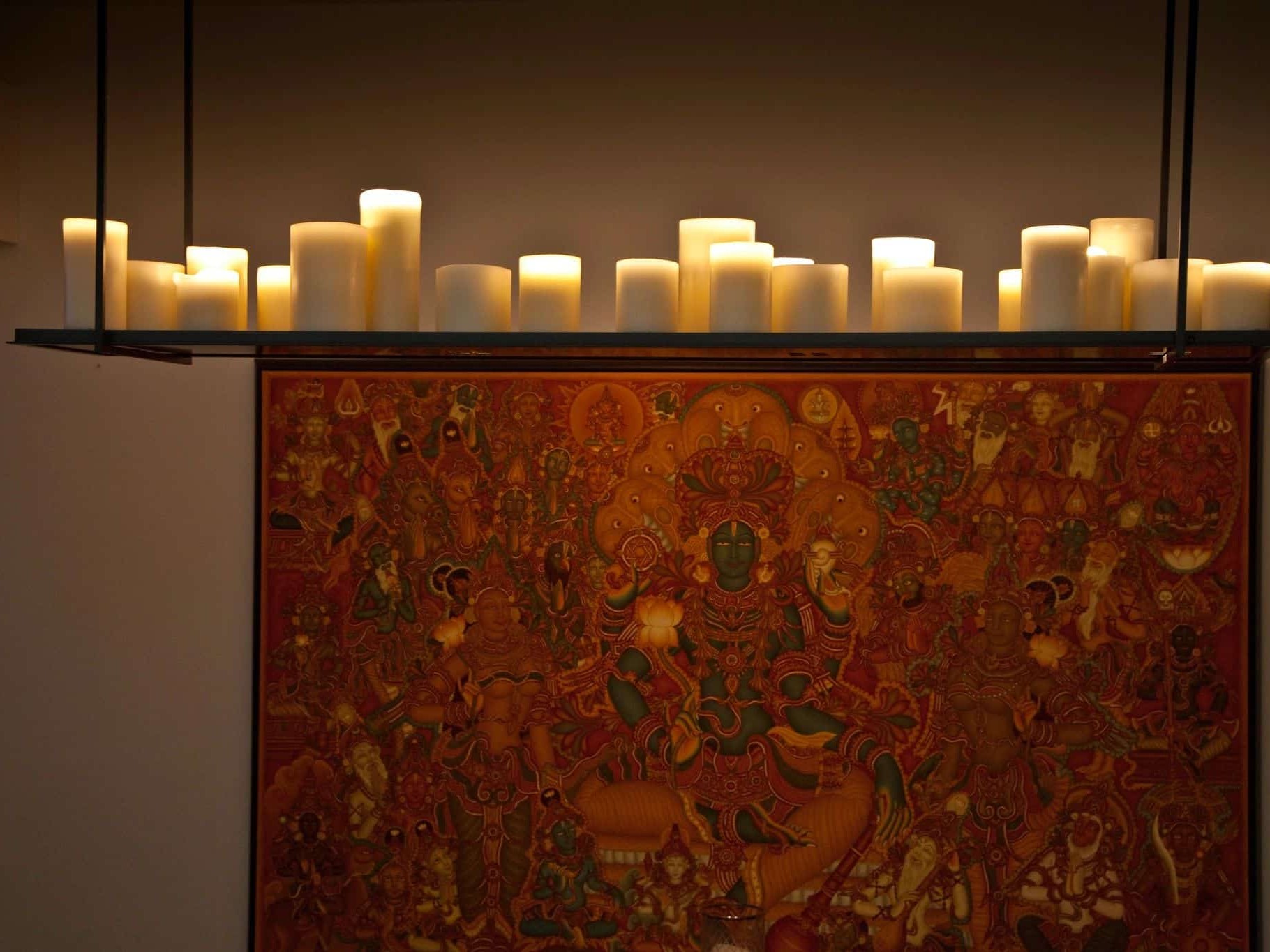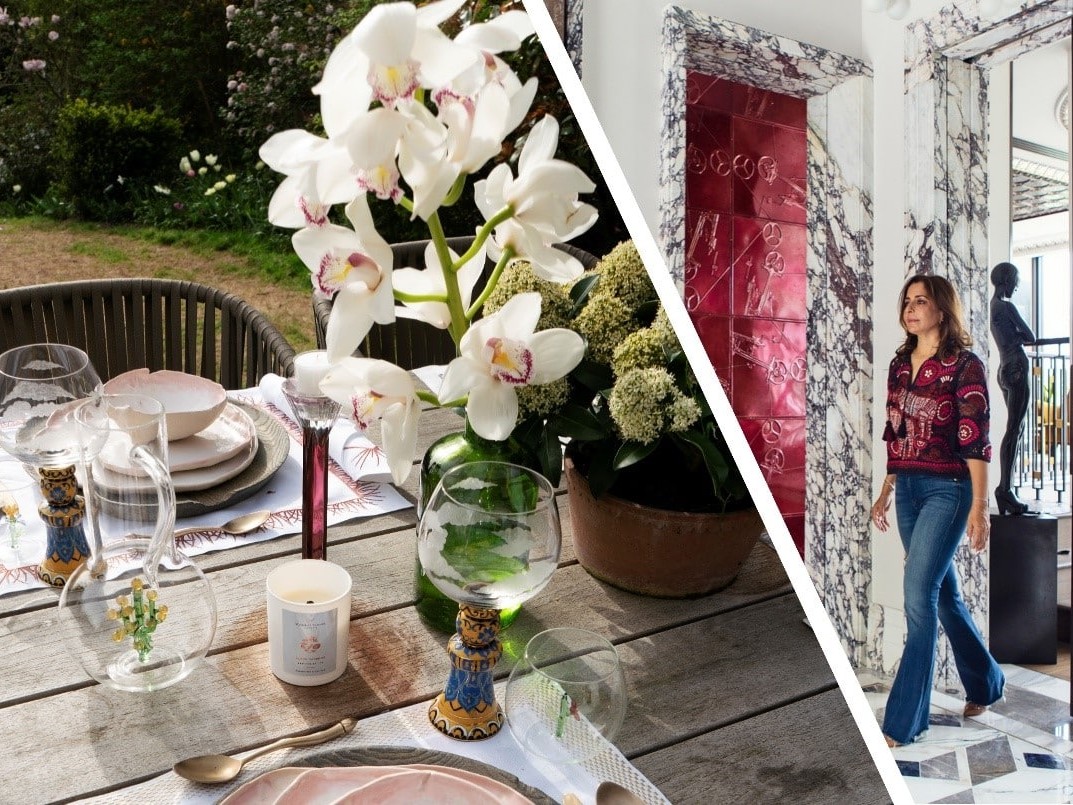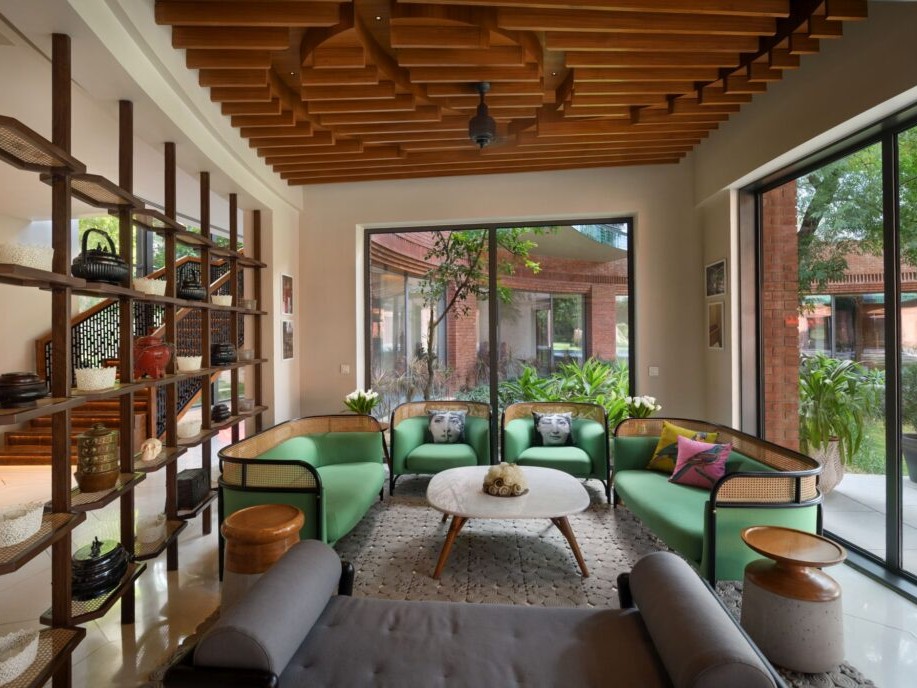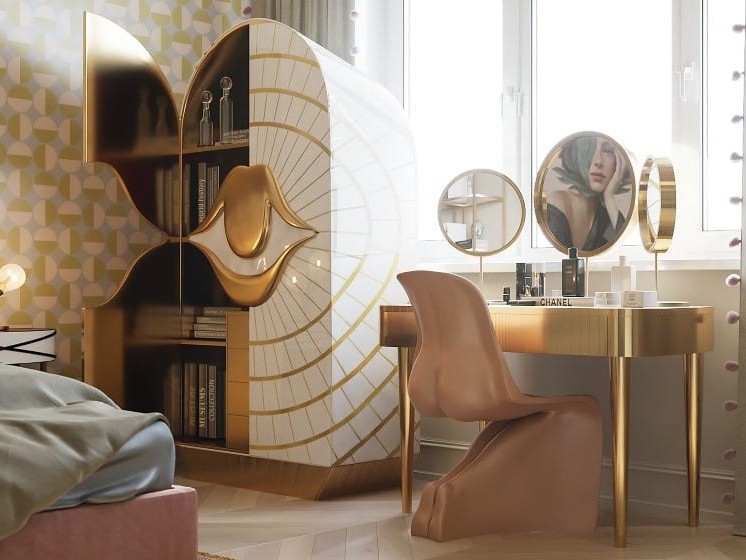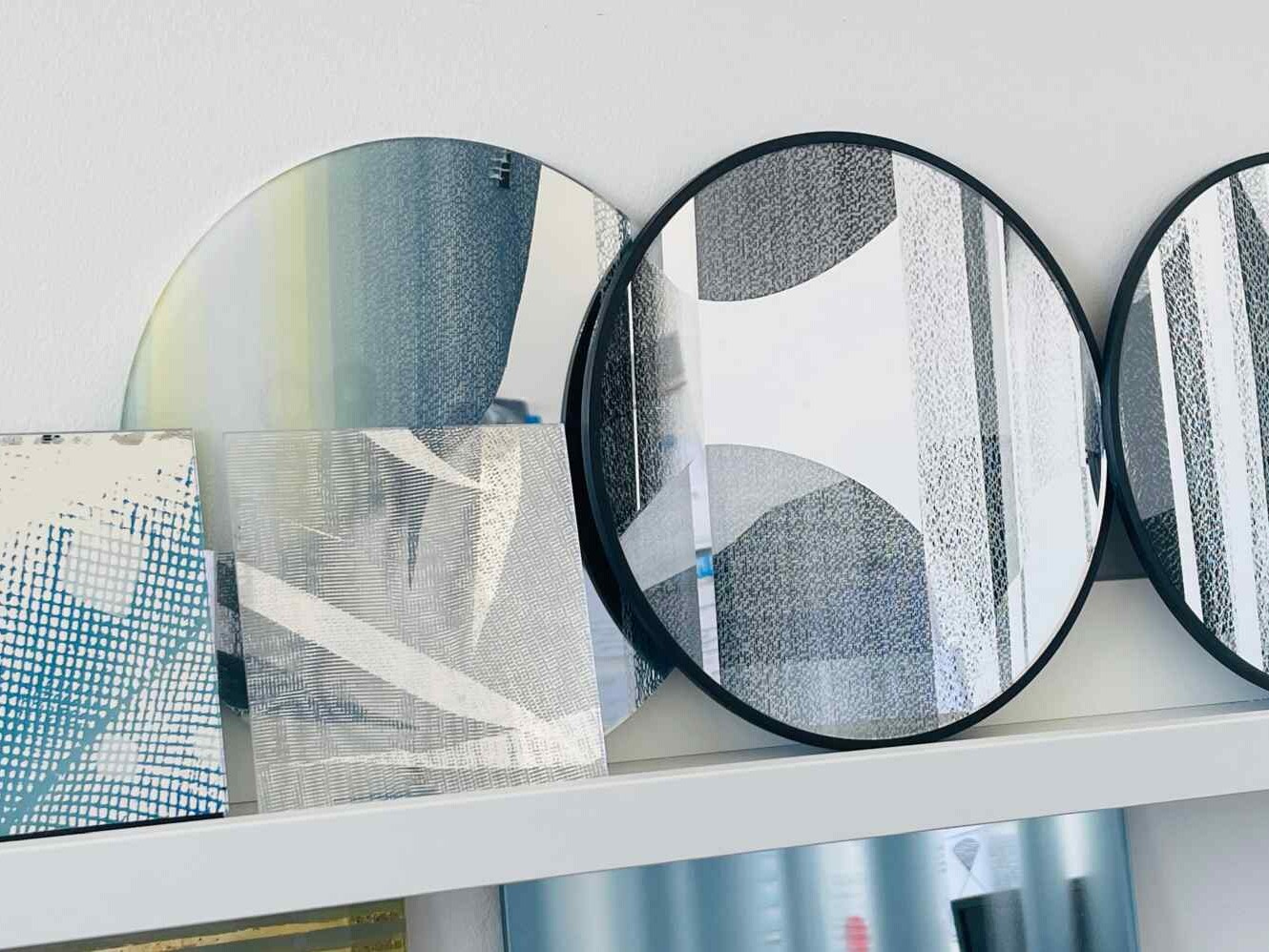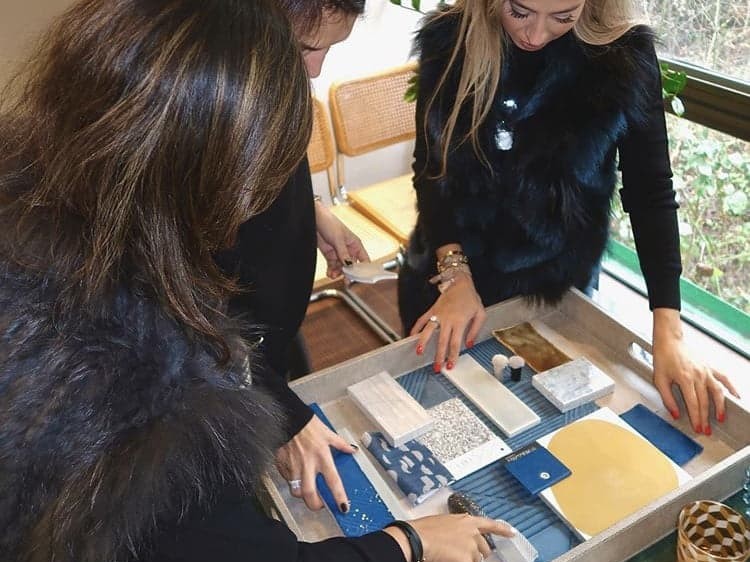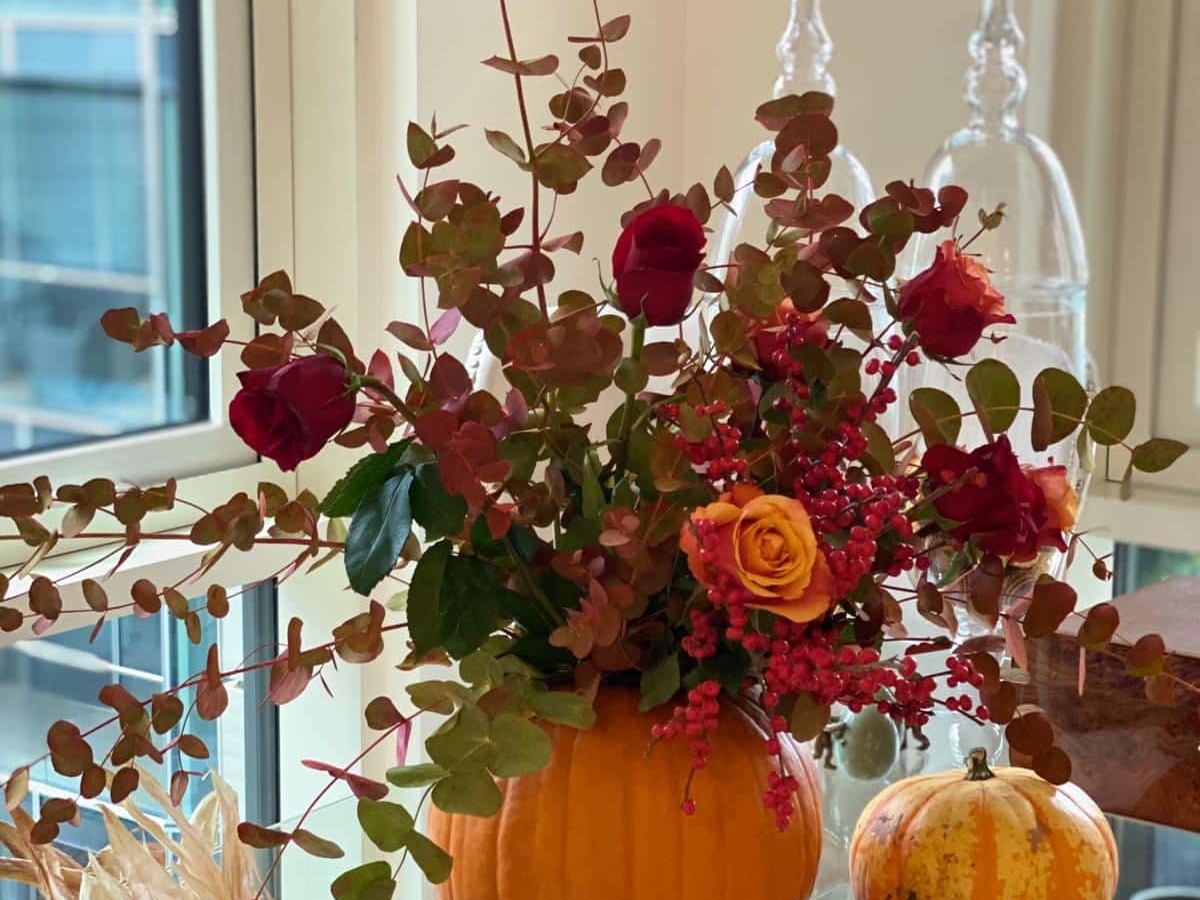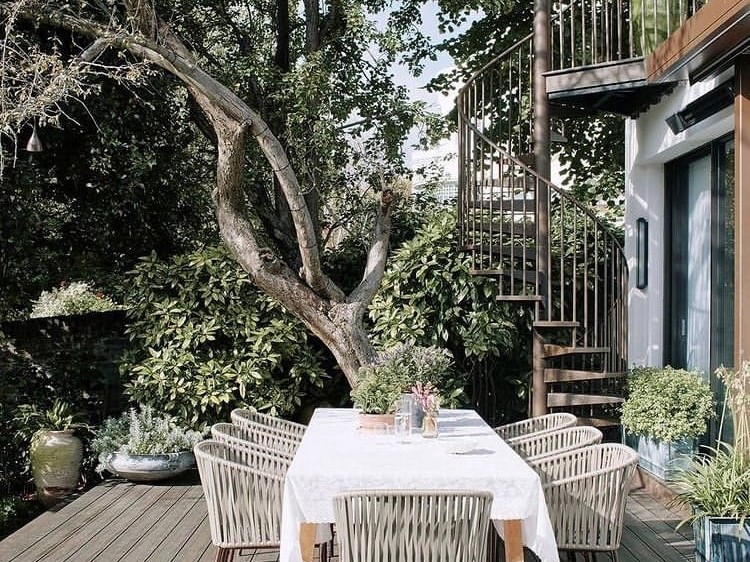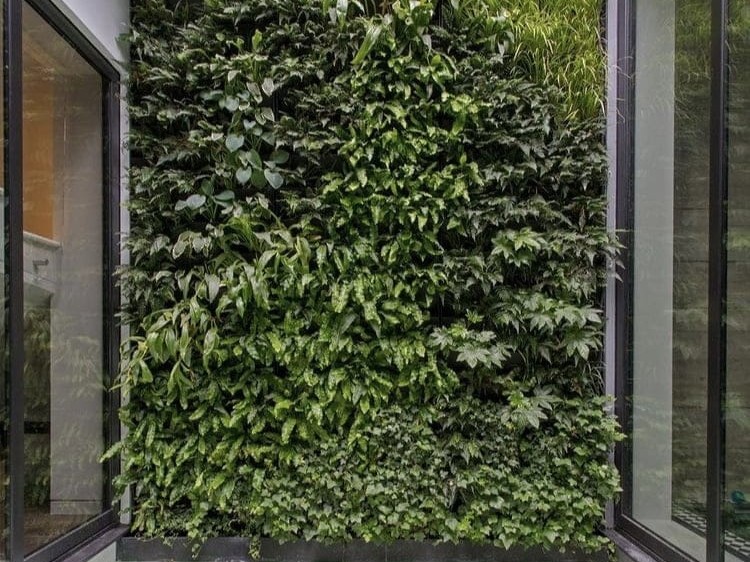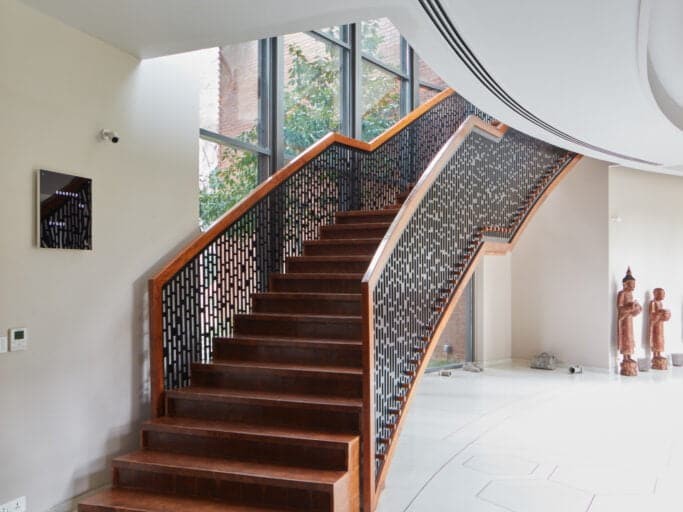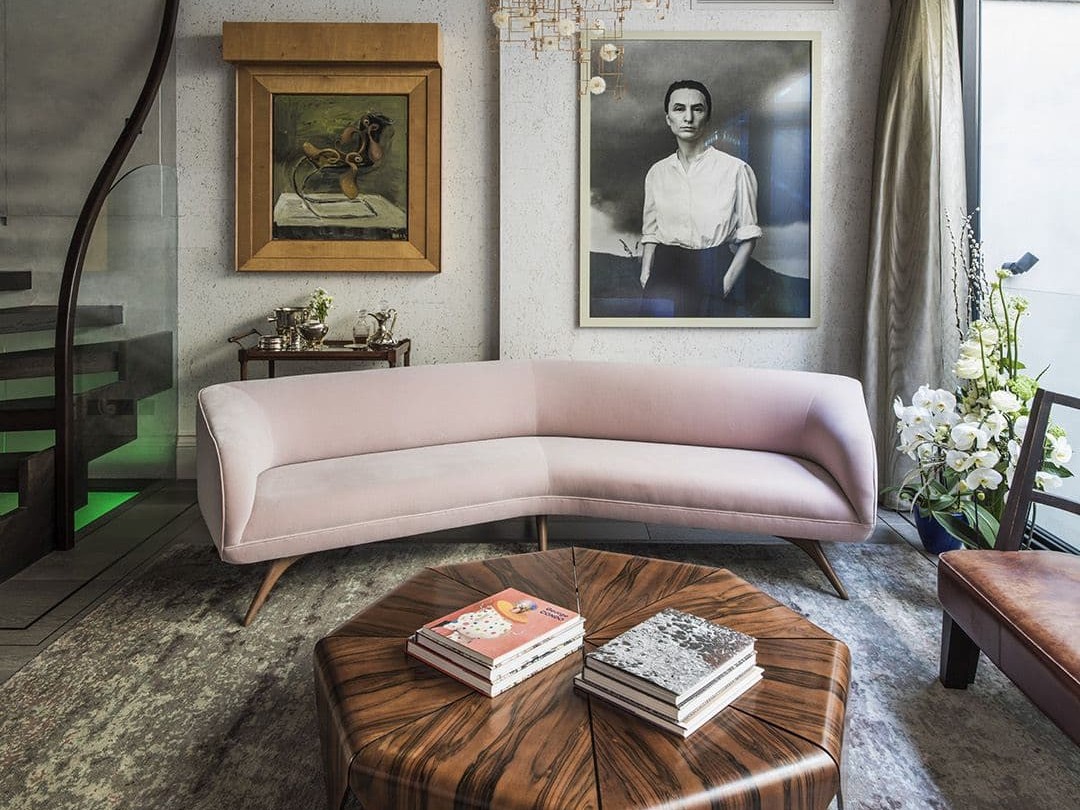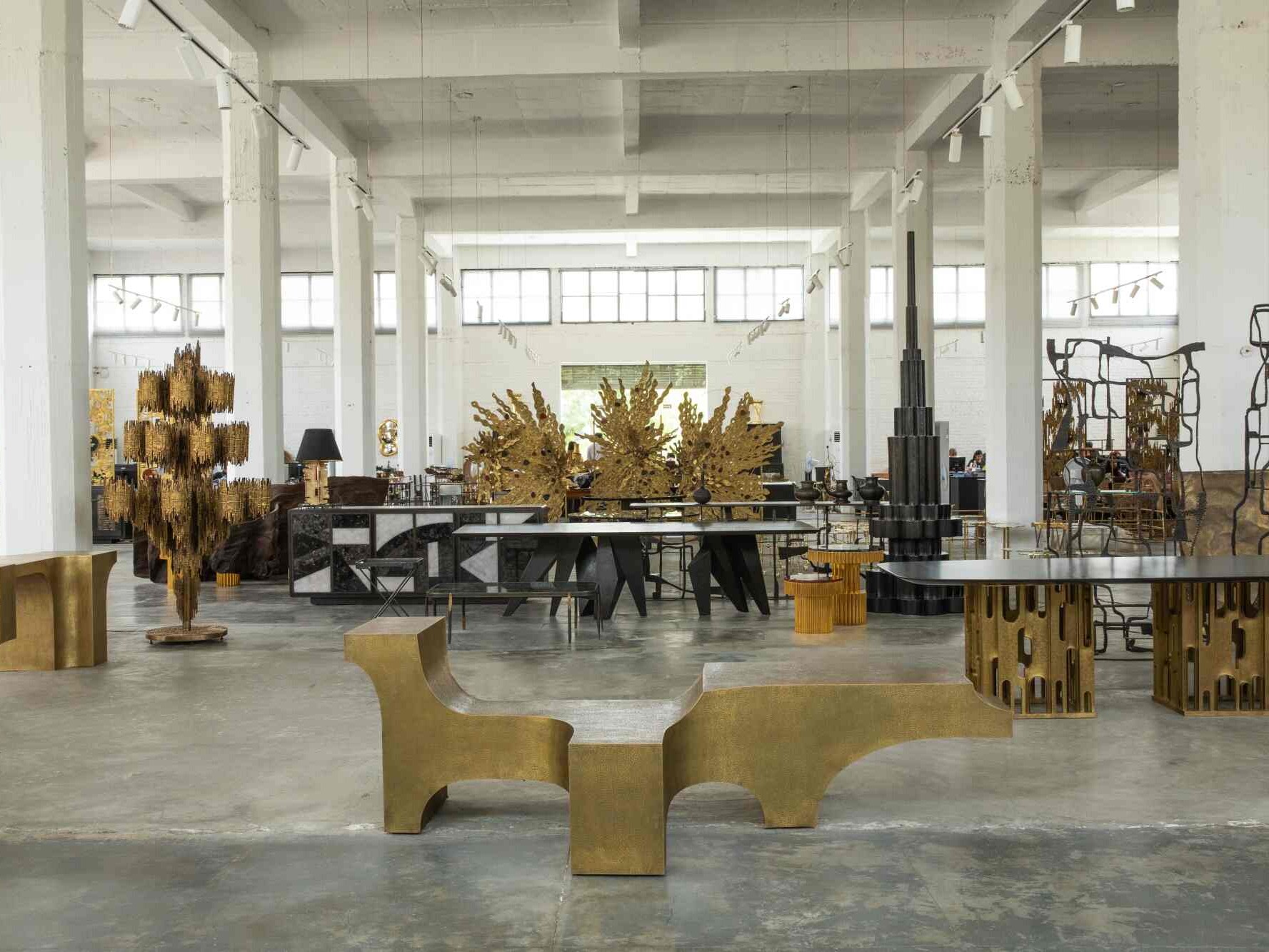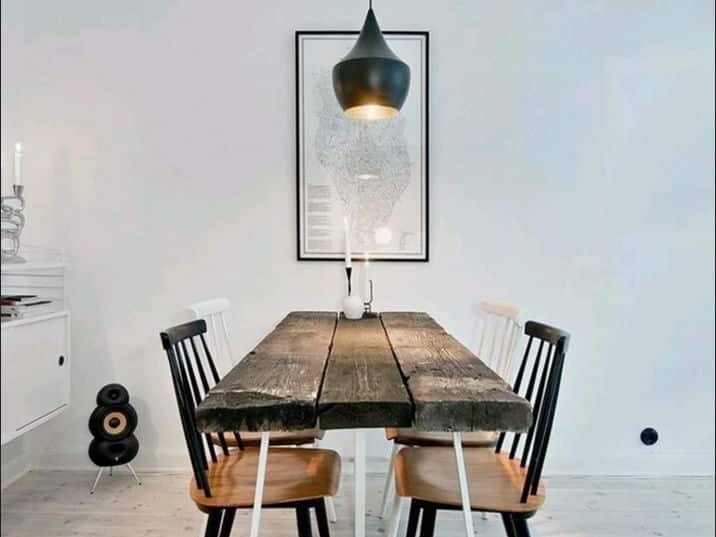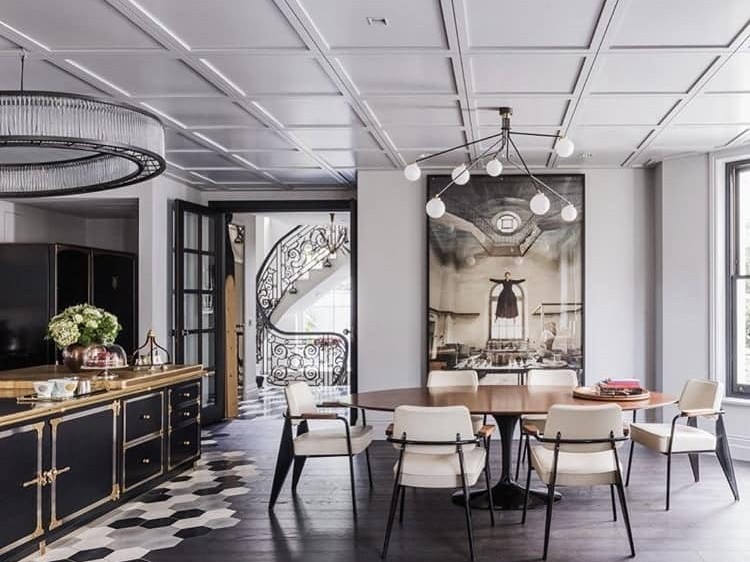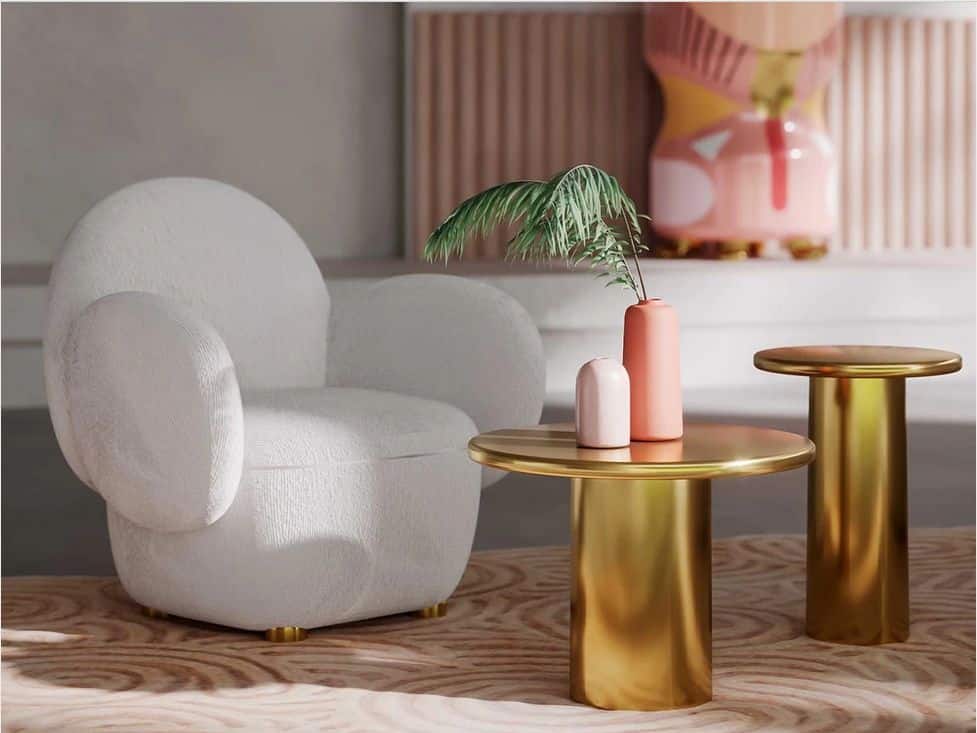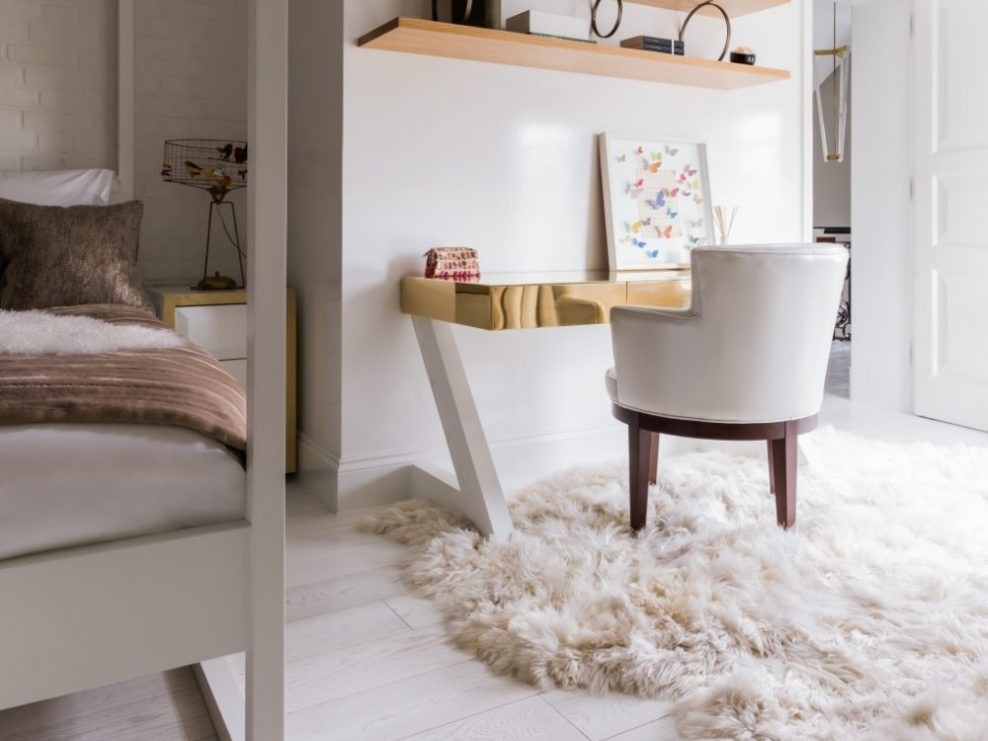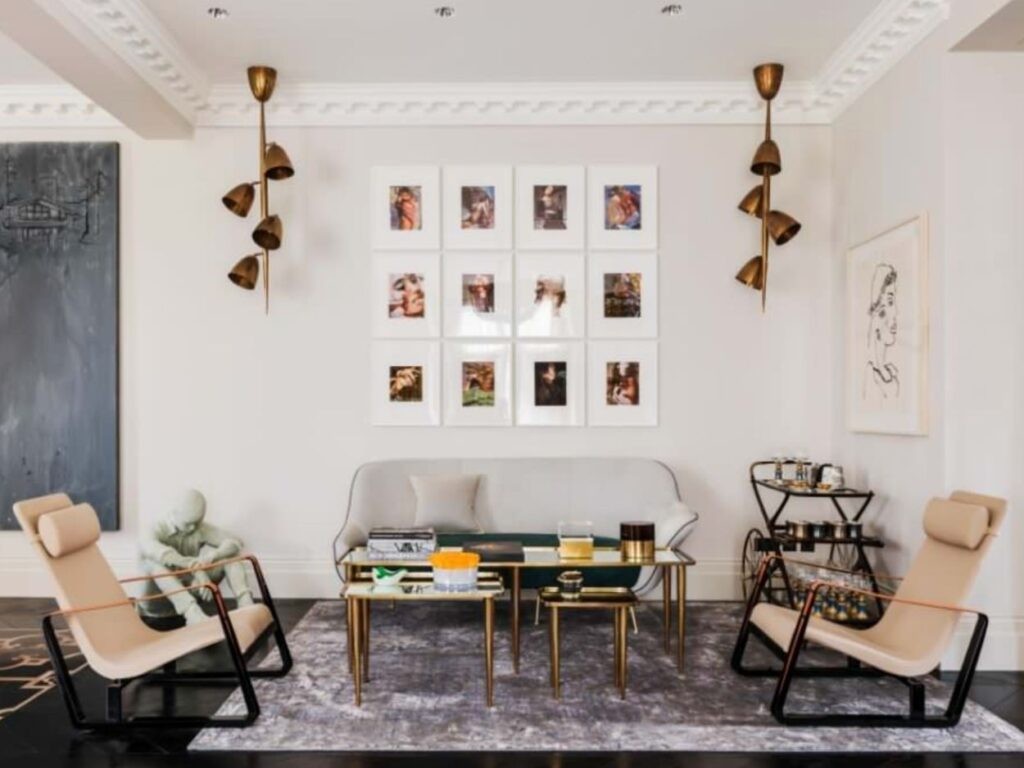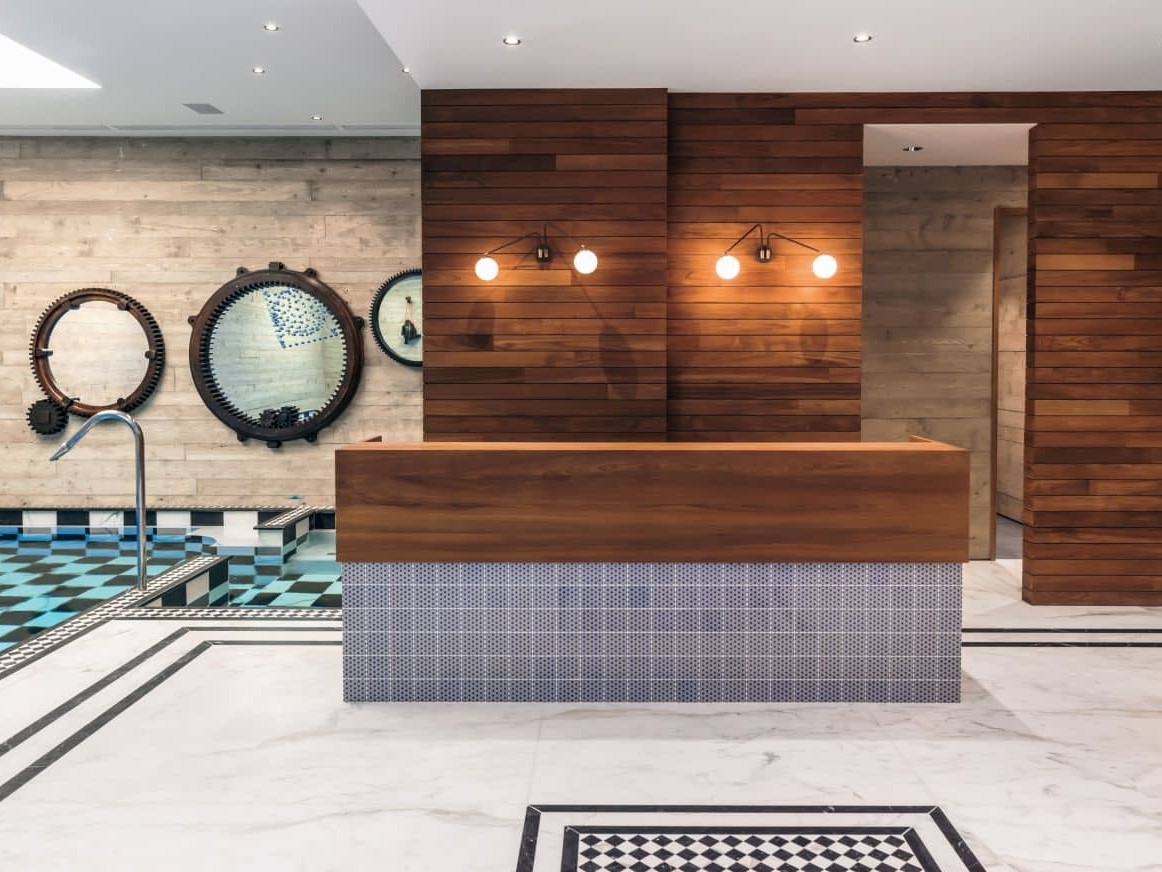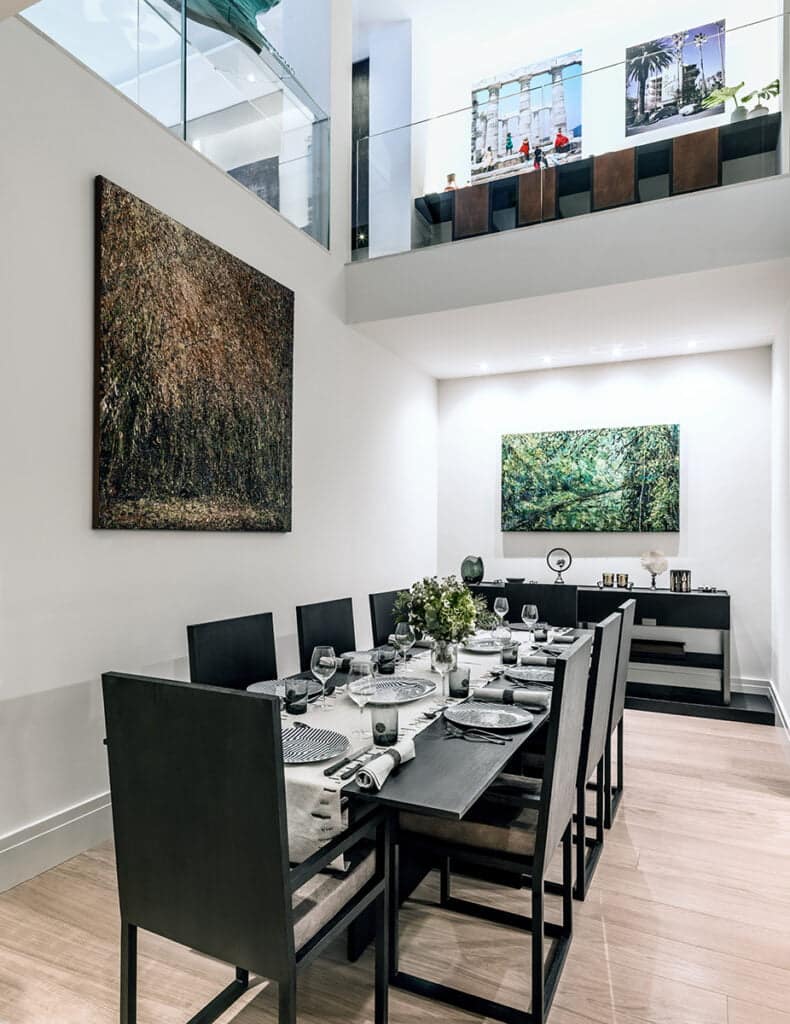
Commissioning a new property development gives stakeholders the opportunity to build real estate that will entice future buyers and maximise value. However, interior design plays a key role in ‘selling’ a property and can have an enormous impact on a potential buyer’s purchasing behaviour.
Due to this, it’s vital that property developers realise the value that an interior design can add to their project and use their expertise to enhance the final outcome. In our Developer’s Guide, you can discover how to integrate an interior designer into future development projects to achieve the best results:
1. Appoint a Designer at the Concept Stage
Hiring an interior designer once a property has been built is a little like shutting the stable door after the horse has bolted! While a talented designer can certainly add value to a project at this stage, you’re limiting the impact they can have. In contrast, appointing a designer at the concept stage of a project allows them to integrate their ideas and visions into your plans for design and construction of the building itself.
Essentially, you’re pooling more resources and knowledge-sharing on a wider scale at a time when it can have the most beneficial effect on the project. As a result, you’ll be able to use input and recommendations from your designer to inform your overall design and construction decisions.
2. Prioritise Internal Space Planning
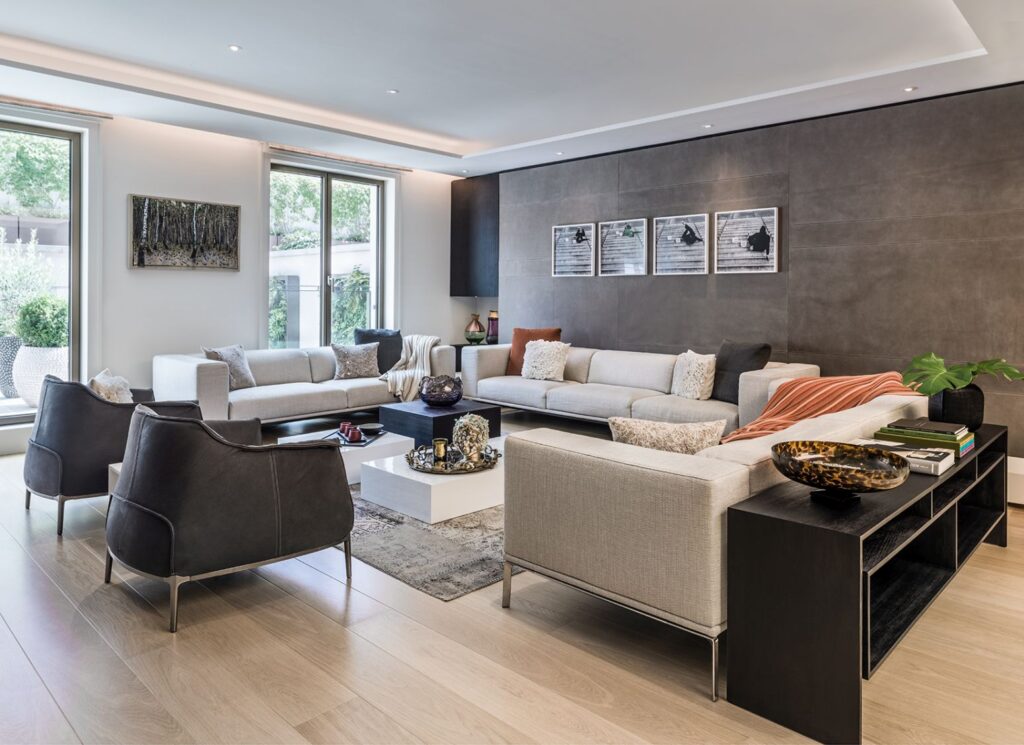
Working with an interior designer allows you to prioritise internal space planning from an early stage and gives you the scope to utilise the interior in a way that is most effective. Designers are adept at defining how a space will be used and creating interior designs that accommodate everyday living, which is vital for a successful residential development.
3. Permit (and encourage!) Creativity
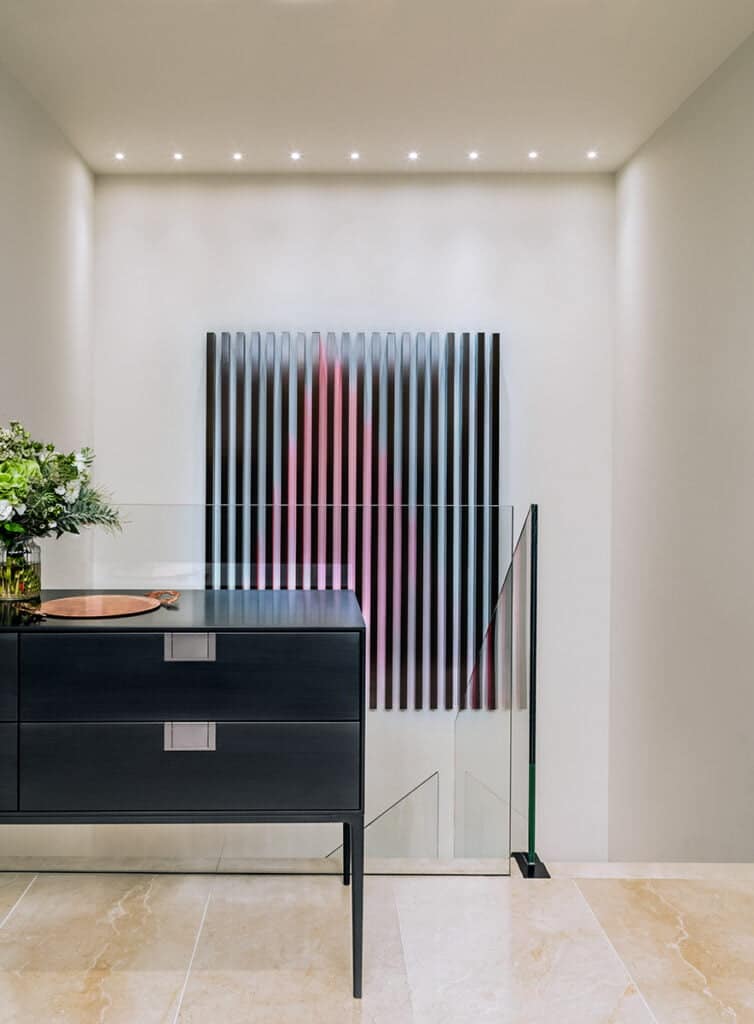
Instead, permit and encourage your interior designer to use their creativity to design a unique and inspiring interior. When prospective homeowners walk into a property, the interior essentially allows them to envisage a future for themselves and sells them a dream lifestyle. With a distinctive yet non-polarising interior design, you can ensure that buyers are captivated by a property as soon as they come through the door.
4. Choose Quality Craftsmanship
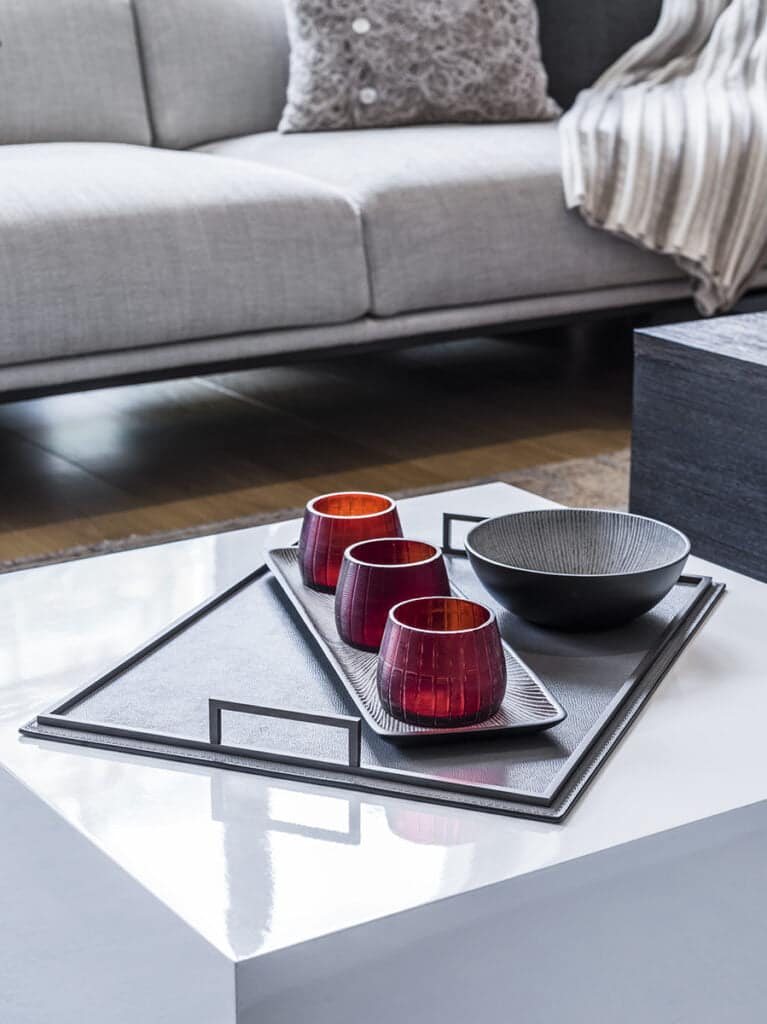
Furthermore, don’t shy away from having bespoke items commissioned. This empowers your interior designers to collaborate with creators and have unique pieces produced. When custom-made furniture or decoration is used within your development, it accommodates, reflects, and highlights the features of the property and showcases them to maximum effect.
5. Create a Legacy
If you want your property development company to be renowned for its work and highly respected within the industry, focus on creating a legacy for your brand via your properties. While maximising commercial value will always be a top priority, don’t overlook the fact that you’re creating homes that will be enjoyed for generations.
Hiring an interior designer ensures that the purpose of the property is at the heart of the design and construction process at all times, and it gives context to the build. As your designer focuses on how the interior will look and feel, this approach will enhance the final product and allow you to cultivate a reputation as a top development firm.
6. Factor in Final Dressing
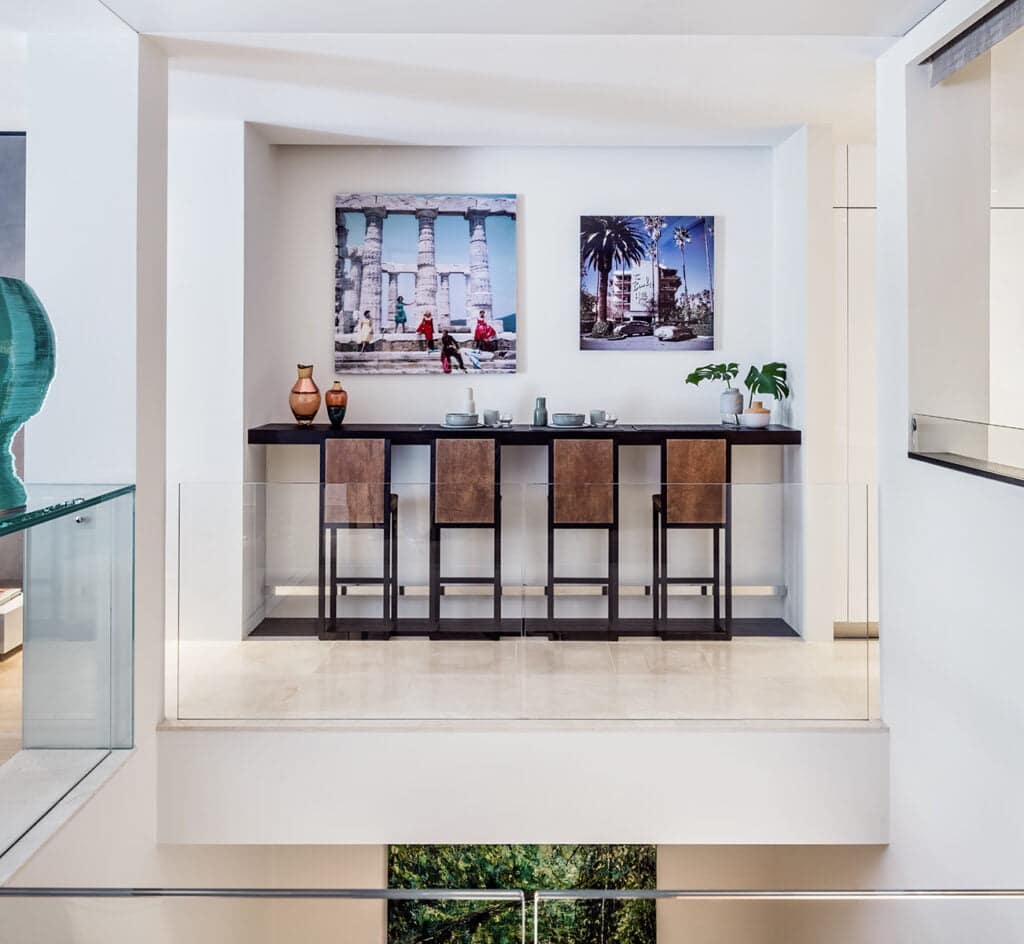
However, many developments run out of time and over budget, which means that developers tend to overlook the importance of final dressing. By ringfencing some of your budget and allocating sufficient time, you can ensure that this critical aspect of preparing your development is given the time and expertise that are required.
7. Trust Your Designer
Successful property developers have a wealth of expertise, knowledge and skills, but interior design may not be one of them! When you’re working with an interior designer to enhance your developments, be confident in their abilities and put your trust in them.
Establishing the parameters of the project in advance and being clear about expectations will help both parties to set reasonable objectives and give you an insight into how your chosen designer can enrich the project.
Can Interior Design Add Value to Your Developments?
When you’re reviewing a site for potential development, the interior of the property might not be the first thing you think about. However, interior design is a major factor for potential buyers, which is why it has the potential to add significant value to your developments. With input from the right designer, you can ensure your properties exceed the expectations of subsequent buyers, reflect your brand’s attributes and add value to your portfolio.
Related articles
Interior Design Trends For Spring 2023
Expect plush velvets, dusty pastels and a focus on minimalism in our roundup.
Home Interior Design And How To Visualise A Space
From mood to layout, we share the essential aspects to consider when designing a home.
Curio Maker Spotlight: Elizabeth Kent Studio
Elizabeth Kent’s mirrored masterpieces meld modern glass gilding and mirror making techniques with traditional print and etching methods.
The Art of Curating A Personal Collection At Home
Five ways your art can transform your home with soul, ambience and character.
Introducing The Shakti Design Residency
We’re so thrilled to launch the Shakti Design Residency in India, a new annual initiative to support emerging international design talent.
Creating the Perfect Home Gym: 7 Design Tips for a Personal Fitness Haven
We reveal seven design tips for the ultimate, motivating workout space.


